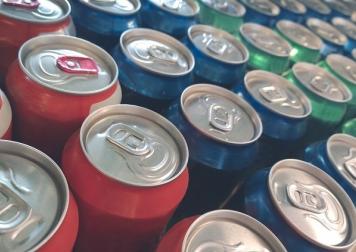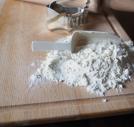Hyperosmolar Hyperglycemic Nonketotic Syndrome (HHNS)
Those who have diabetes know that control of this disease can be a complex juggling act.
Maintaining stable blood glucose levels is the goal of sticking to a healthful diet and exercising regularly. No matter how hard we work to achieve this goal, however, there are unexpected situations that can cause us to lose that control.
Physiological stressors, if severe enough, can have a profound effect on metabolism. If we are laid up due to injury for an extended period of time, unable to maintain our exercise regimen, our bodies react. Fever and digestive illnesses can lead to dehydration. Suffering stressful events like a heart attack or stroke, or even being treated for cancer, can lead to dramatic changes in metabolism.
Sometimes it is the treatment that causes problems. There are certain drugs that can decrease the efficacy of insulin in our bodies (glucocorticoids). There are other drugs that can increase fluid loss, such as diuretics.
What Is HHNS?
Hyperosmolar refers to increased osmosis, or heightened passage of fluids through the cell walls, causing increased urine output. Hyperglycemic means blood sugar levels are too high. (HHNS generally occurs when blood glucose levels reach 600 mg/dl or more.) Nonketotic references the lack of ketones excreted in the urine, meaning that fat is not being metabolized for energy. Syndrome simply means these three medical issues are occurring together.
How Does HHNS Happen?
Poorly controlled blood sugar levels cause increased levels of glucose to pass through the kidneys for excretion in the urine. This stimulates the production of urine as a carrier for the glucose. This additional fluid is drawn from cells throughout the body, including blood cells, causing dehydration.
With dehydration, the blood becomes thicker and is no longer able to transport as much glucose from the body to the kidneys. Another result of increased volume of urination is a depletion of necessary minerals, especially sodium and potassium, from the blood.
The result of the combination of dehydration, loss of minerals and affected glucose levels can lead to serious complications, including brain swelling, abnormal heart rhythms, formation of blood clots, seizures, coma or organ failure.
HHNS is a medical emergency that, if not treated immediately, may cause death.
How Can I Tell if I Have HHNS?
There is a triad of symptoms that commonly occur as the result of hyperglycemia. Polyphagia (increased hunger), polydipsia (increased thirst) and polyuria (increased volume - not frequency - of urination) are all associated with hyperglycemia.
Other symptoms include blurred vision, tingling in the feet and legs, dry, itchy skin, fatigue, confusion, hallucinations, fast or irregular heartbeat, fruity-smelling breath and sudden weight loss.
What Is the Treatment for HHNS?
Treatment will take place in the hospital, often beginning in the intensive care unit. The immediate need is to bring the blood sugar back to normal levels while preventing any of the many possible complications from occurring.
To that end there will be regular blood testing, to check for sugar levels, blood clotting levels, mineral levels, insulin levels, infection, evidence of organs not functioning properly, blood gases and more.
You will also receive intravenous fluids to rehydrate you and to deliver vitamins and minerals you are lacking.
You will receive other supportive therapy, including insulin injections, pain medications and oxygen therapy.
In the event damage to your kidneys has occurred, you will receive dialysis. If blood clots appear, they might require surgery to remove.
How Can I Prevent HHNS?
Prevention of HHMS is contingent on maintaining stable, healthy blood glucose levels.
Sources: Summit Medical Group , National Institutes of Health and Merck Manual


































